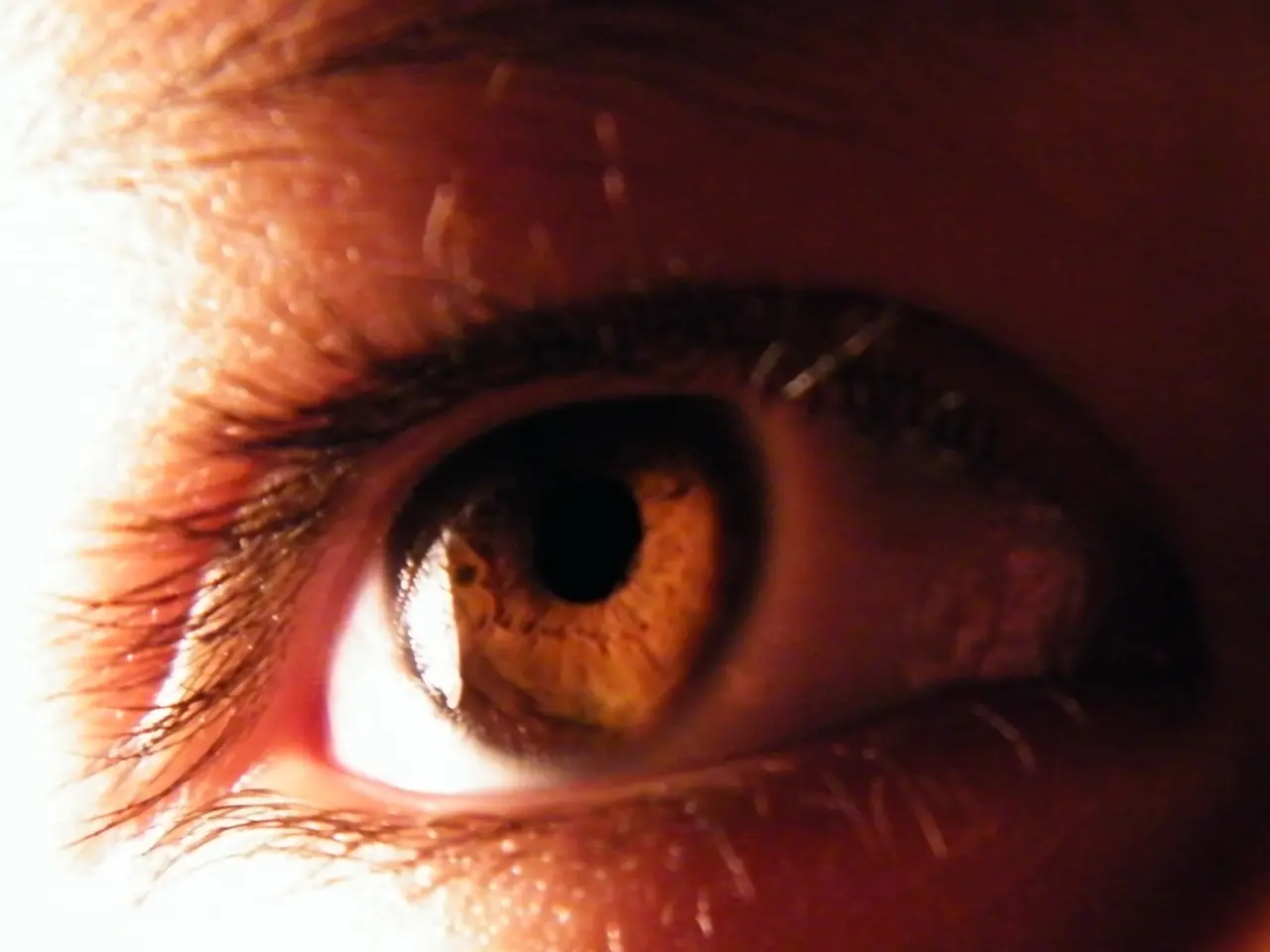Keratosis Pilaris Affecting Chicken Skin: Origin, Remedies, and Precautions
Keratosis Pilaris (KP), a common and harmless skin condition, is characterized by small, rough bumps that can give the skin a sandpaper-like texture. These bumps may be flesh-colored, white, brown-black, red, or pink-purple, and can appear anywhere on the body where there are hair follicles.
Fortunately, there are several treatments available to help reduce the appearance of these bumps and improve the skin's smoothness.
Regular Moisturizing and Exfoliating
Moisturizers, particularly those containing lactic acid or urea, can be effective for treating KP. These moisturizers help to hydrate the skin and reduce the appearance of bumps. Exfoliating agents such as urea, alpha hydroxy acids (AHAs), beta hydroxy acids (BHAs), salicylic acid, lactic acid, and retinoids are also frequently used to soften and smooth the bumps by promoting exfoliation and reducing keratin buildup in hair follicles.
Topical Corticosteroids
For inflammatory variants of KP, topical corticosteroids may help reduce redness and irritation temporarily. However, it is essential to use these treatments sparingly as they can thin the skin over time.
Laser or Light Therapy
For resistant cases of KP, laser skin resurfacing or light-based treatments can be considered. These treatments require consultation with a dermatologist and multiple sessions but can significantly improve the skin's appearance.
Avoiding Skin Irritation
To prevent flare-ups, people can avoid dry skin, try laser hair removal, take short showers, use a mild cleanser, use a humidifier, and avoid using self-tan. Additionally, frequent shaving or waxing should be avoided as these can aggravate KP.
Home Remedies
Home remedies for KP include gentle exfoliation (chemical or physical, but non-abrasive), applying a chemical exfoliator or keratolytic, and using an oil-free moisturizer.
While KP is benign and often persistent, adherence to these treatments can substantially improve the skin’s smoothness and appearance. It is essential to consult a doctor or dermatologist for a proper diagnosis and treatment plan.
[1] American Academy of Dermatology. (n.d.). Keratosis Pilaris. Retrieved from https://www.aad.org/public/diseases/a-z/keratosis-pilaris-treatment
[2] Mayo Clinic Staff. (2020, October 29). Keratosis pilaris. Retrieved from https://www.mayoclinic.org/diseases-conditions/keratosis-pilaris/symptoms-causes/syc-20372701
[3] National Library of Medicine. (2020, October 20). Keratosis Pilaris. Retrieved from https://medlineplus.gov/ency/article/000953.htm
[4] Skincare Physicians. (n.d.). Keratosis Pilaris. Retrieved from https://www.skincarephysicians.com/dermatologic-dictionary/keratosis-pilaris/
[5] University of Maryland Medical Center. (2019, July 18). Keratosis Pilaris. Retrieved from https://umm.edu/health/medical/altmed/condition/keratosis-pilaris
Haircare products containing lactic acid or urea, often used for skin-care and health-and-wellness, can be beneficial in treating Keratosis Pilaris (KP) by hydrating the skin and reducing the appearance of bumps.
Home remedies such as gentle physical or chemical exfoliation, application of chemical exfoliators or keratolytics, and use of oil-free moisturizers can help manage the symptoms of KP.
Dermatologists may suggest laser or light therapy for more severe cases of KP that do not respond to other treatments. However, these treatments should only be considered after consulting with a medical professional.




